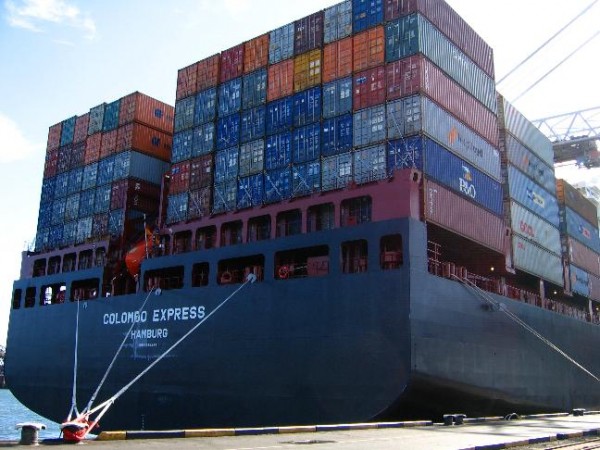
Photo Credit: Danny Cornelissen
G20 Trade Ministers met July 19 in Sydney, Australia, and reported the proceedings in a Chairman’s Summary. The only major media coverage of the event highlighted a joint report, of the OECD, World Bank, and WTO, on “Global Value Chains (GVCs).” For those acquainted with trade policy, the ministers’ call for trade-supporting measures is familiar. Also familiar is a global cavalier disinterest in their plea. Most disturbing is the suppression, by the old trade barriers, of the new opportunities that GVCs offer.
The joint report describes GVCs in terms of a “’trade-investment-services-know-how nexus,” or the intertwining of trade in intermediates, the movement of capital and ideas, and demand for services to coordinate the dispersed production and distribution of goods and services.” In lay terms, an iPhone contains many subassemblies, made in different countries, each itself comprising more such components. Furthermore, the progression from Steve Jobs’ dream to a product in a store incorporates finance, design, distribution, engineering and other processes, also internationally intertwined.
Seventy percent of trade consists of intermediate processes and products. In every step of a good’s or service’s production, some national economy adds value. Each involves a process, whether hand-assembly of basic parts, production engineering design, or raw material refining, at which some country (or countries) has a comparative advantage and garners the benefits. The potential for growth proliferates; the opportunities suppressed by trade barriers become all the greater.
Trade barriers, historically conceived as tariffs, or rules that block goods at borders, now include customs practices that slow intermediate items’ movement, which impose production costs. Old-fashioned costs, including tariffs, are now carried through subsequent processes, generating further drag and more costs.
Countries that look to provide some of the incremental processes, i.e., to participate in GVCs, have new concerns. They now have an interest, not only in promoting its exports, but also in facilitating imports of precursor inputs, whereas imports are historically the targets of trade-restrictive measures.
Trade issues are bound to evolve with this new reality, but many steps that national governments might take to attract new intermediate work remain the same as they have been. Trade always benefits from sound rule of law and common standards. Countries must develop their educational systems, to impart skills, build capacity to meet standards, and manage the processes. The joint report continues the trade policy community’s plaintive call for such steps. It also carries the now-normal solicitousness for measures to manage environmental and other social costs.
Trade ministers’ continuing discourse is still controversial. The joint report notes that corporations drive most trade and generate most of the global value chains. It also notes a broad perception that access to finance is a key factor for any economy that wishes to attract this kind of business. The old questions also persist, of how many old jobs are displaced by the new, what the net effect is, and how countries re-train workers in industries rendered obsolete.
Trade advocates’ answers cite the growth of new industries. The joint report notes how, beyond new trade in intermediate goods and services, and more movement of capital and ideas, GVCs also generate a new demand for services to coordinate the dispersed processes.
The obscurity of the trade discourse, however, keeps the debate uninformed and highly subject to politicization. A particular interest in any given country can impede global trade liberalization. As is well known, the WTO Doha round of trade reforms is stagnating due to U.S. and E.U. agricultural subsidies and developing nations’ view that those subsidies undermine their own farming sectors. The WTO Bali Agreement of 2013 is foundering on India’s demand for approval of its own food subsidies.
Weak understanding of trade also means that public discourse more easily subsumes it in talks of punitive political sanctions, or of alliance-building special pacts. Trade blocs, such as the U.S. inspired TPP in the Pacific and TTIP with Europe, risk escalating political differences with China and Russia, respectively, into comprehensive strategic and economic divisions. Other nations, not just Russia and China, gain incentives to fashion their own economic and political blocs. After the World Cup, Brazil hosted a meeting promulgating a “BRICS” development bank that primarily serves a political role as a foil to the World Bank.
Yet, as one comment to the Financial Times article notes, “comparative advantage works.” The growth of developing economies into Asian Tigers and BRICS provides the evidence. The advent of global value chains promises further progress. Appreciation of the principles and realities of trade, and respect for its needs, becomes more beneficial — and more urgent.